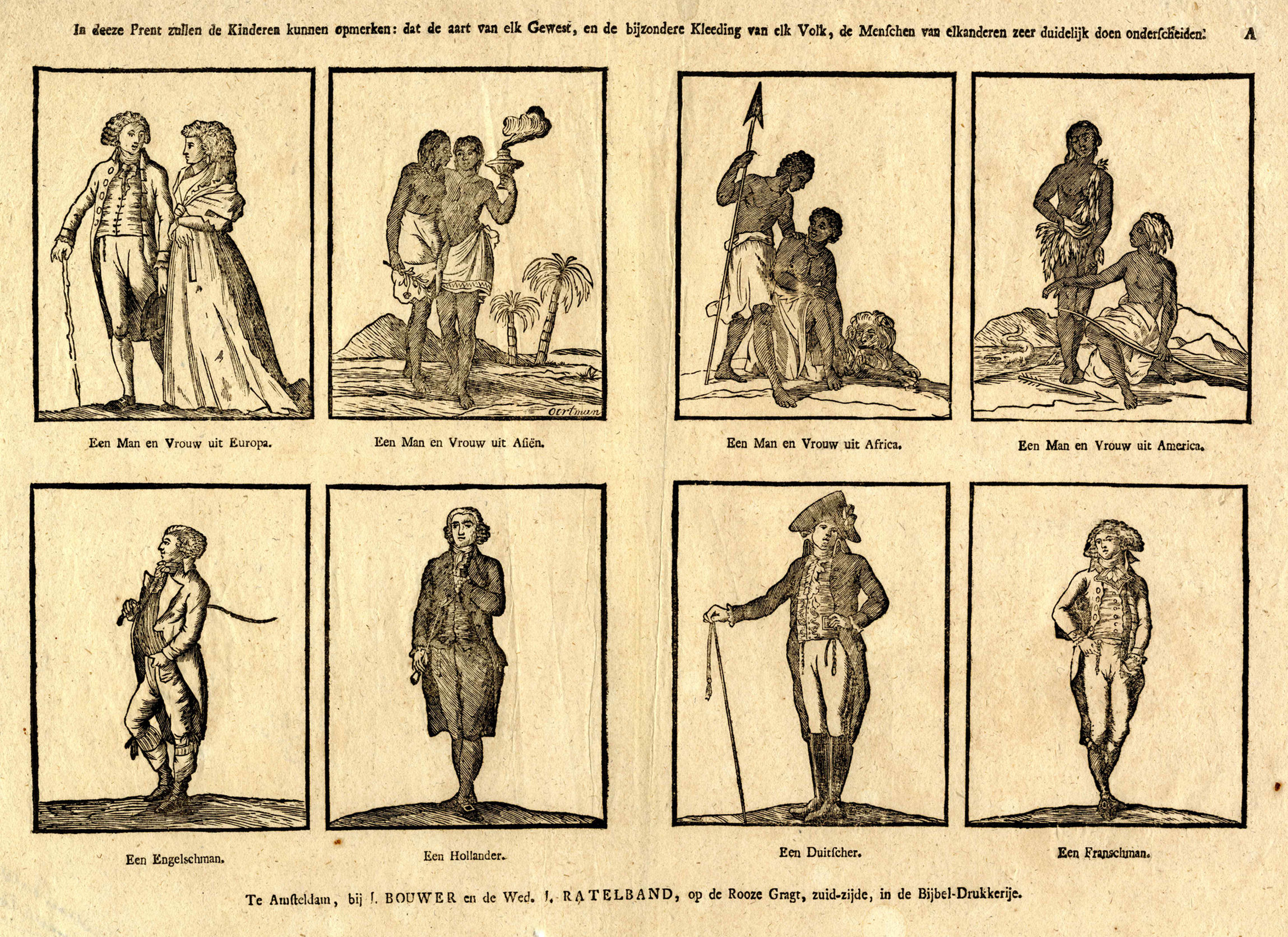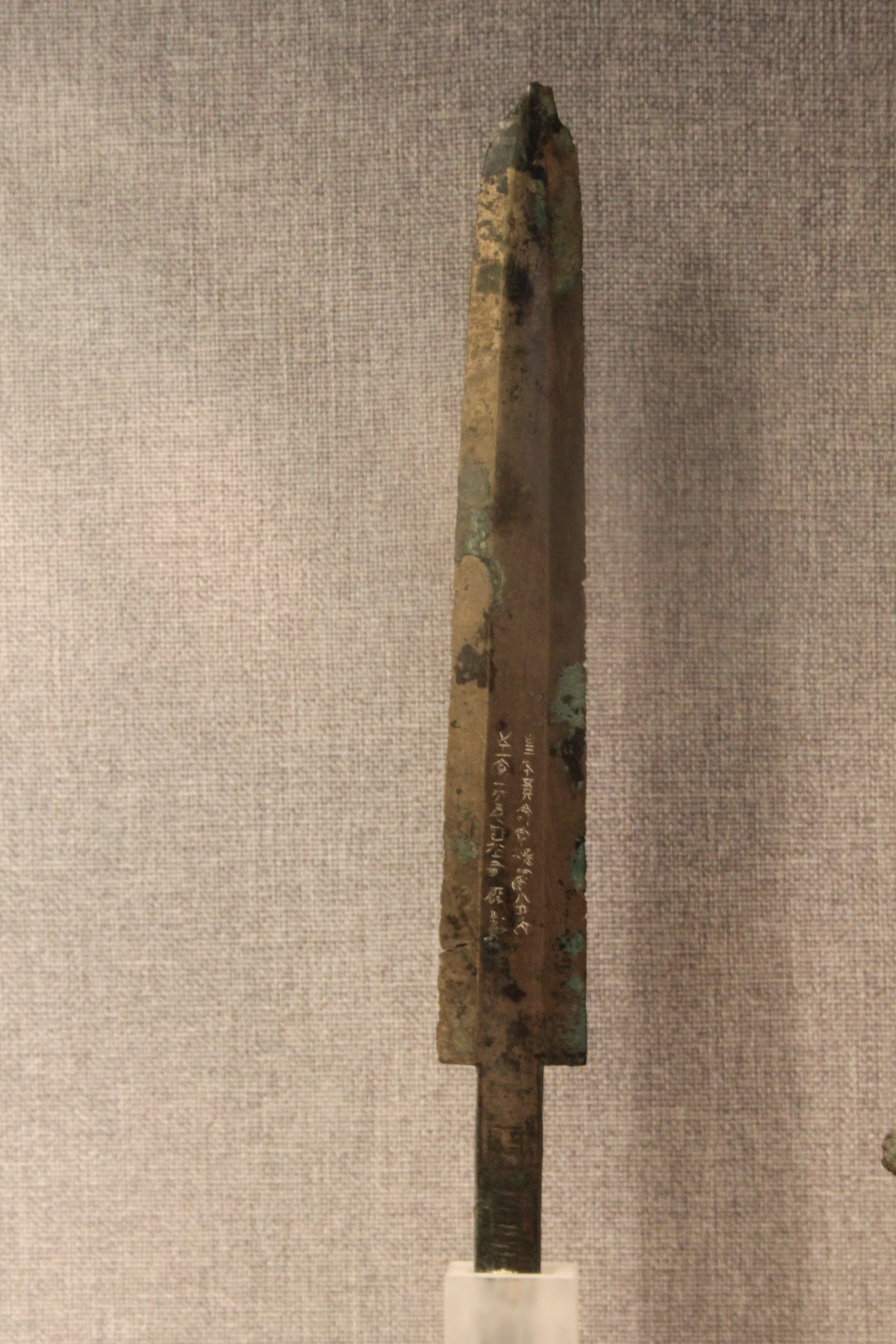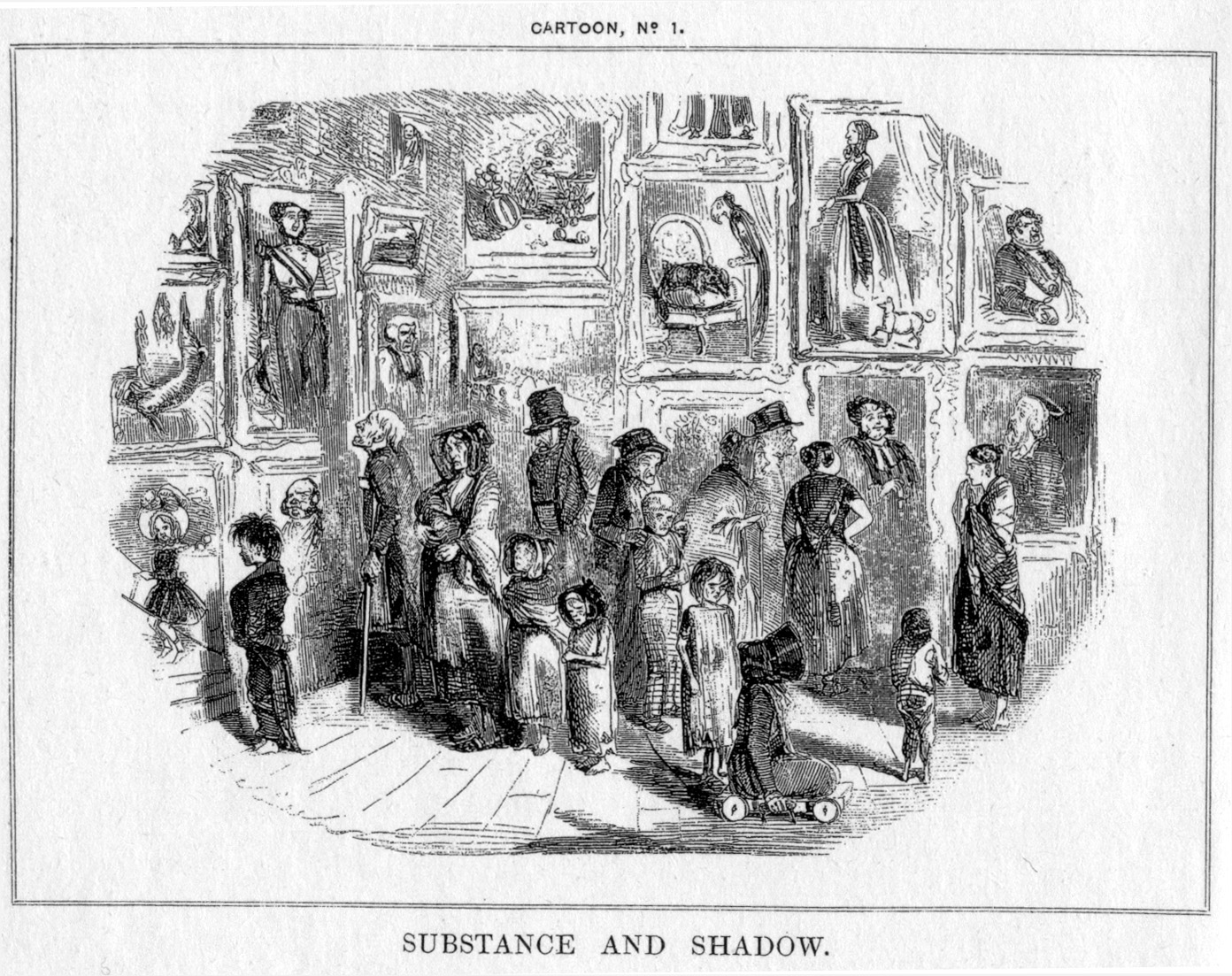|
British Humour
British humour carries a strong element of satire aimed at the absurdity of everyday life. Common themes include sarcasm, tongue-in-cheek, banter, insult humour, insults, self-deprecation, taboo subjects, puns, innuendo, wit, and the Social structure of the United Kingdom, British class system. These are often accompanied by a deadpan delivery which is present throughout the British sense of humour. It may be used to bury emotions in a way that seems unkind in the eyes of other cultures. Jokes are told about everything and almost no subject is off-limits, though a lack of subtlety when discussing controversial issues is sometimes considered insensitive. Many British sitcom, British comedy series have become successful internationally, serving as a representation of Culture of the United Kingdom, British culture to overseas audiences. Themes Some themes (with examples) that underpinned late-20th-century British humour were: [...More Info...] [...Related Items...] OR: [Wikipedia] [Google] [Baidu] |
Satire
Satire is a genre of the visual, literary, and performing arts, usually in the form of fiction and less frequently non-fiction, in which vices, follies, abuses, and shortcomings are held up to ridicule, often with the intent of exposing or shaming the perceived flaws of individuals, corporations, government, or society itself into improvement. Although satire is usually meant to be humorous, its greater purpose is often constructive social criticism, using wit to draw attention to both particular and wider issues in society. Satire may also poke fun at popular themes in art and film. A prominent feature of satire is strong irony or sarcasm—"in satire, irony is militant", according to literary critic Northrop Frye— but parody, burlesque, exaggeration, juxtaposition, comparison, analogy, and double entendre are all frequently used in satirical speech and writing. This "militant" irony or sarcasm often professes to approve of (or at least accept as natural) th ... [...More Info...] [...Related Items...] OR: [Wikipedia] [Google] [Baidu] |
Shakespeare
William Shakespeare ( 23 April 1564 – 23 April 1616) was an English playwright, poet and actor. He is widely regarded as the greatest writer in the English language and the world's pre-eminent dramatist. He is often called England's national poet and the " Bard of Avon" or simply "the Bard". His extant works, including collaborations, consist of some 39 plays, 154 sonnets, three long narrative poems and a few other verses, some of uncertain authorship. His plays have been translated into every major living language and are performed more often than those of any other playwright. Shakespeare remains arguably the most influential writer in the English language, and his works continue to be studied and reinterpreted. Shakespeare was born and raised in Stratford-upon-Avon, Warwickshire. At the age of 18, he married Anne Hathaway, with whom he had three children: Susanna, and twins Hamnet and Judith. Sometime between 1585 and 1592 he began a successful career in Lon ... [...More Info...] [...Related Items...] OR: [Wikipedia] [Google] [Baidu] |
Carry On Films
''Carry On'' is a British comedy franchise comprising 31 films, four Christmas specials, a television series and stage shows produced between 1958 and 1992. Produced by Peter Rogers, the ''Carry On'' films were directed by Gerald Thomas and starred a regular ensemble that included Sid James, Kenneth Williams, Charles Hawtrey, Joan Sims, Kenneth Connor, Peter Butterworth, Hattie Jacques, Terry Scott, Bernard Bresslaw, Barbara Windsor, Jack Douglas, and Jim Dale. The humour of ''Carry On'' was in the British comic tradition of music hall and bawdy seaside postcards. The success of the films led to several spin-offs, including four Christmas television specials (1969–1973), a 1975 television series of 13 episodes, a West End stage show and two provincial summer shows. The ''Carry On'' series contains the largest number of films of any British film franchise, and is the second longest running, albeit with a 14-year gap (1978–1992) between the 30th and 31st entri ... [...More Info...] [...Related Items...] OR: [Wikipedia] [Google] [Baidu] |
Stereotype
In social psychology, a stereotype is a generalization, generalized belief about a particular category of people. It is an expectation that people might have about every person of a particular group. The type of expectation can vary; it can be, for example, an expectation about the group's personality, preferences, appearance or ability. Stereotypes make information processing easier by allowing the perceiver to rely on previously stored knowledge in place of incoming information. Stereotypes are often faulty generalization, faulty, inaccurate, and Belief perseverance, resistant to new information. Although stereotypes generally have negative implications, they aren't necessarily negative. They may be positive, neutral, or negative. They can be broken down into two categories: explicit stereotypes, which are conscious, and implicit stereotypes, which are subconscious. Explicit stereotypes An explicit stereotype is a belief about a group that a person is consciously aware of a ... [...More Info...] [...Related Items...] OR: [Wikipedia] [Google] [Baidu] |
Double Entendre
A double entendre (plural double entendres) is a figure of speech or a particular way of wording that is devised to have a double meaning, one of which is typically obvious, and the other often conveys a message that would be too socially unacceptable, or offensive to state directly. A double entendre may exploit puns or word play to convey the second meaning. Double entendres generally rely on multiple meanings of words, or different interpretations of the same primary meaning. They often exploit ambiguity and may be used to introduce it deliberately in a text. Sometimes a homophone can be used as a pun. When three or more meanings have been constructed, this is known as a "triple entendre", etc. Etymology According to the Merriam-Webster Unabridged Dictionary and the Oxford English Dictionary, the expression comes from the rare and obsolete French (language), French expression, which literally meant "double meaning" and was used in the senses of "double understanding" or ... [...More Info...] [...Related Items...] OR: [Wikipedia] [Google] [Baidu] |
Donald McGill
Donald Fraser Gould McGill (28 January 1875 – 13 October 1962) was an English graphic artist whose name has become synonymous with the genre of saucy postcards, particularly associated with the seaside (though they were sold throughout the UK). The cards mostly feature an array of attractive young women, fat old ladies, drunken middle-aged men, honeymoon couples and vicars. He has been called 'the king of the saucy postcard', and his work is collected and appreciated for his artistic skill, power of social observation and earthy sense of humour. Even at the height of his fame he earned only three guineas a design, but by the 2000s his original artwork could fetch thousands of pounds. Early life McGill was born in London in 1875. He lost a foot in a school rugby accident, and, having studied at Blackheath Proprietary School where his best friend was Campbell Richard Hone, a future Bishop of Wakefield, McGill spent most of his life in the Blackheath area of southeast Londo ... [...More Info...] [...Related Items...] OR: [Wikipedia] [Google] [Baidu] |
Lance Thackeray, “Excuse Me”
The English term lance is derived, via Middle English '' launce'' and Old French '' lance'', from the Latin '' lancea'', a generic term meaning a wikt:lancea#Noun">lancea'', a generic term meaning a spear">wikt:lancea#Noun">lancea'', a generic term meaning a spear or javelin employed by both infantry">spear or javelin">spear">wikt:lancea#Noun">lancea'', a generic term meaning a spear or javelin employed by both infantry and cavalry, with English initially keeping these generic meanings. It developed later into a term for spear-like weapons specially designed and modified to be part of a "weapon system" for use couched under the arm during a charge, being equipped with special features such as grappers to engage with lance rests attached to breastplates, and vamplates, small circular plates designed to prevent the hand sliding up the shaft upon impact. These specific features were in use by the beginning of the late 14th century. Though best known as a military and sporting wea ... [...More Info...] [...Related Items...] OR: [Wikipedia] [Google] [Baidu] |
Punch (magazine)
''Punch, or The London Charivari'' was a British weekly magazine of humour and satire established in 1841 by Henry Mayhew and wood-engraver Ebenezer Landells. Historically, it was most influential in the 1840s and 1850s, when it helped to coin the term "cartoon" in its modern sense as a humorous illustration. Artists at ''Punch'' included John Tenniel who, from 1850, was the chief cartoon artist at the magazine for over 50 years. The editors took the anarchic puppet Mr Punch, of Punch and Judy, as their mascot—the character appears in many magazine covers—with the character also an inspiration for the magazine's name. With its satire of the contemporary, social, and political scene, ''Punch'' became a household name in Victorian Britain. Sales of 40,000 copies a week by 1850 rose above 100,000 by 1910. After the 1940s, when its circulation peaked, it went into a long decline, closing in 1992. It was revived in 1996, but closed again in 2002. History ''Punch'' was found ... [...More Info...] [...Related Items...] OR: [Wikipedia] [Google] [Baidu] |
Burlesque
A burlesque is a literary, dramatic or musical work intended to cause laughter by caricaturing the manner or spirit of serious works, or by ludicrous treatment of their subjects."Burlesque" ''Oxford English Dictionary'', , accessed 16 February 2011 The word is loaned from French and derives from the Italian ', which, in turn, is derived from the Italian ' – a joke, ridicule or mockery. Burlesque overlaps with , and [...More Info...] [...Related Items...] OR: [Wikipedia] [Google] [Baidu] |
Court (royal)
A royal court, often called simply a court when the royal context is clear, is an extended royal household in a monarchy, including all those who regularly attend on a monarch, or another central figure. Hence, the word ''court'' may also be applied to the coterie of a senior member of the nobility. Royal courts may have their seat in a designated place, several specific places, or be a mobile, itinerant court. In the largest courts, the royal households, many thousands of individuals constituted the court. These courtiers included the monarch or noble's camarilla and retinue, household, nobility, clergy, those with court appointments, bodyguards, and may also include emissaries from other kingdoms or visitors to the court. Foreign princes and foreign nobility in exile may also seek refuge at a court. Near Eastern and Far Eastern courts often included the harem and concubines as well as eunuchs who fulfilled a variety of functions. At times, the harem was walled off and se ... [...More Info...] [...Related Items...] OR: [Wikipedia] [Google] [Baidu] |
Rake (character)
In a historical context, a rake (short for rakehell, analogous to " hellraiser") was a man who was habituated to immoral conduct, particularly womanizing. Often, a rake was also prodigal, wasting his (usually inherited) fortune on gambling, wine, women, and song, and incurring lavish debts in the process. Cad is a closely related term. Comparable terms are " libertine" and "debauché". The Restoration rake was a carefree, witty, sexually irresistible aristocrat whose heyday was during the English Restoration period (1660–1688) at the court of King Charles II. They were typified by the " Merry Gang" of courtiers, who included as prominent members John Wilmot, George Villiers, and Charles Sackville, who combined riotous living with intellectual pursuits and patronage of the arts. At this time the rake featured as a stock character in Restoration comedy. After the reign of Charles II, and especially after the Glorious Revolution of 1688, the cultural perception of the ... [...More Info...] [...Related Items...] OR: [Wikipedia] [Google] [Baidu] |
Charles II Of England
Charles II (29 May 1630 – 6 February 1685) was King of Scotland from 1649 until 1651 and King of England, Scotland, and King of Ireland, Ireland from the 1660 Restoration of the monarchy until his death in 1685. Charles II was the eldest surviving child of Charles I of England, Scotland and Ireland and Henrietta Maria of France. After Charles I's execution at Palace of Whitehall, Whitehall on 30 January 1649, at the climax of the English Civil War, the Parliament of Scotland proclaimed Charles II king on 5 February 1649. However, England entered the period known as the English Interregnum or the English Commonwealth with a republican government eventually led by Oliver Cromwell. Cromwell defeated Charles II at the Battle of Worcester on 3 September 1651, and Charles Escape of Charles II, fled to mainland Europe. Cromwell became Lord Protector of England, Scotland and Ireland. Charles spent the next nine years in exile in France, the Dutch Republic and the Spanish Netherlands. ... [...More Info...] [...Related Items...] OR: [Wikipedia] [Google] [Baidu] |








